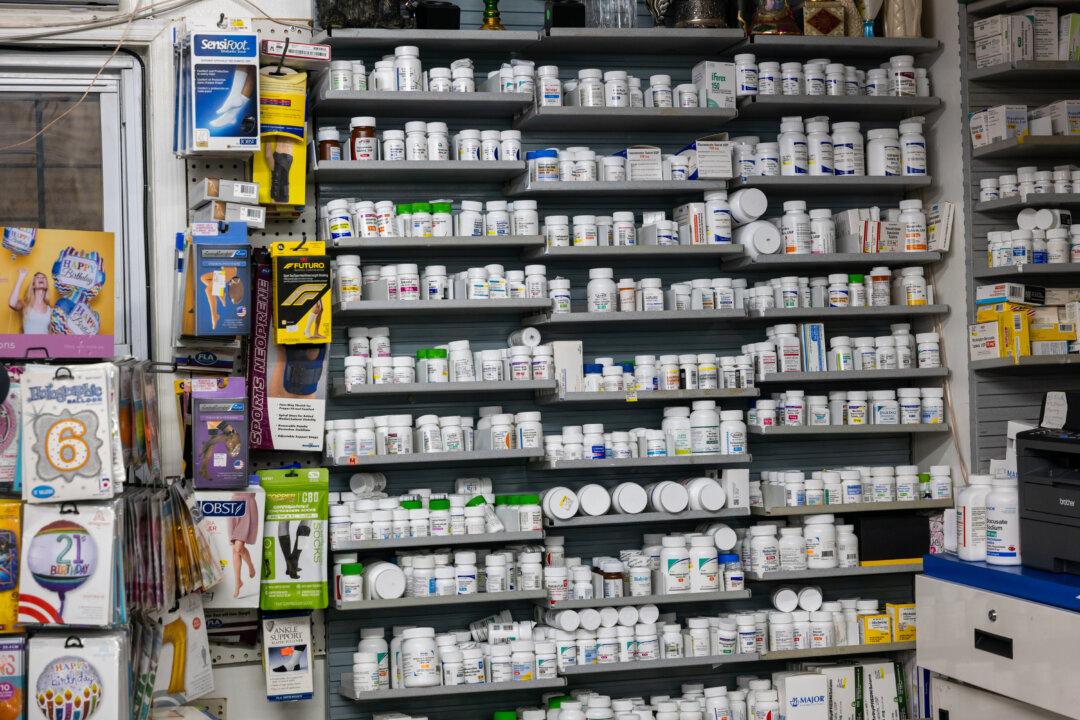U.S. children were unnecessarily harmed during the COVID-19 pandemic because of school closure decisions that lacked a solid scientific basis, witnesses told the House Select Subcommittee on the Coronavirus Pandemic.
Black, Hispanic, and lower-income students were more affected by these policies, which increased the educational and economic disparity between segments of the population, lawmakers heard at the March 28 hearing.
“Despite children being COVID’s lowest-risk demographic, American elementary and secondary students were shut out of schools for lengthy periods and relegated to deplorable remote learning,” Virginia Gentles, director of the Education Freedom Center at Independent Women’s Forum, told the subcommittee.

Profound Harm
Witnesses presented a litany of data on the ill effects of depriving children of in-person learning, physical activity, and socialization due to school closures.Investigative journalist David Zweig cited studies showing that test scores in school districts with 100 percent remote instruction fell by three times as much as in those that allowed in-person learning for most of the school year.
“Moreover, their research showed that ‘disadvantaged students had disproportionate learning declines during the academic year,’” he said.
He noted that remote instruction was more likely to be used in schools with predominately black and Hispanic students and that schools in high-poverty areas spent more time in remote learning during the 2020–2021 school year than other schools.
Zweig said that students also were less likely to report abuse during the lockdowns because they no longer had a way to tell an adult what was happening to them.
According to the 2022 National Assessment of Educational Progress, known as The Nation’s Report Card, math and reading scores plummeted across the country.
“Only 26 percent of eighth-graders are proficient in math and 31 percent in reading nationwide,” Gentles said.

“An October 2022 analysis by Harvard and Stanford Universities researchers found that ‘the average U.S. public school student in grades three through eight lost the equivalent of a half year of learning in math and a quarter of a year in reading,’” she said.
Increased psychological and behavioral problems were reported in students returning to school after lockdowns were lifted. That was partly due to the lack of access to school nurses, the primary health care providers for many students, according to Donna Mazyck, executive director of the National Association of School Nurses.
Unnecessary Loss
The lawmakers heard that school lockdowns were initiated as a first response to COVID-19 but weren’t a long-term strategy necessary to prevent the pandemic’s spread. Tracy Beth Hoeg, an epidemiologist and private practice physician, noted that European schools were fully opened by the fall of 2022 with no ill effects.“The reopening of schools across Europe was not associated with an increase in community COVID-19 cases, and this was seen independent of the country or their particular mitigation strategies,” she said.
“We had evidence prior to the pandemic that masks were largely ineffective at preventing community transmission of influenza and other upper respiratory viruses, and we did not obtain any new, high-quality evidence during the COVID-19 pandemic that masks are an effective mitigation strategy in schools or outside of schools.”
The masking guidance from the U.S. Centers for Disease Control and Prevention and the six-foot social-distancing standard were arbitrary, Hoeg said.

The Next Pandemic
Republican and Democratic leaders on the subcommittee, both physicians, agreed on the need to keep children in school as much as possible in the event of another pandemic.“As we look back, I believe each state and district should have asked themselves, ‘Schools need to be open. Students need in-person instruction. How can we achieve that?’” subcommittee Chair Brad Wenstrup (R-Ohio) said.
“Our goal must be to make our schools resilient for the next highly contagious, lethal virus so that we can keep schools open, protect students and teachers, prevent outbreaks, and reduce transmissions of the virus in our communities,” ranking Democrat Raul Ruiz of California said.
“I believe that one of the lessons we learned is that keeping children in school is important,” Mazyck said.
“To do that, we need to bolster the supports that they need in order to be in school, learning. They need public health. They need support from specialized instructional support personnel to help them be available for their learning.”
Personal protective equipment, disinfectant supplies, vaccines, and proper ventilation all are necessary for keeping children in school, Mazyck said.





